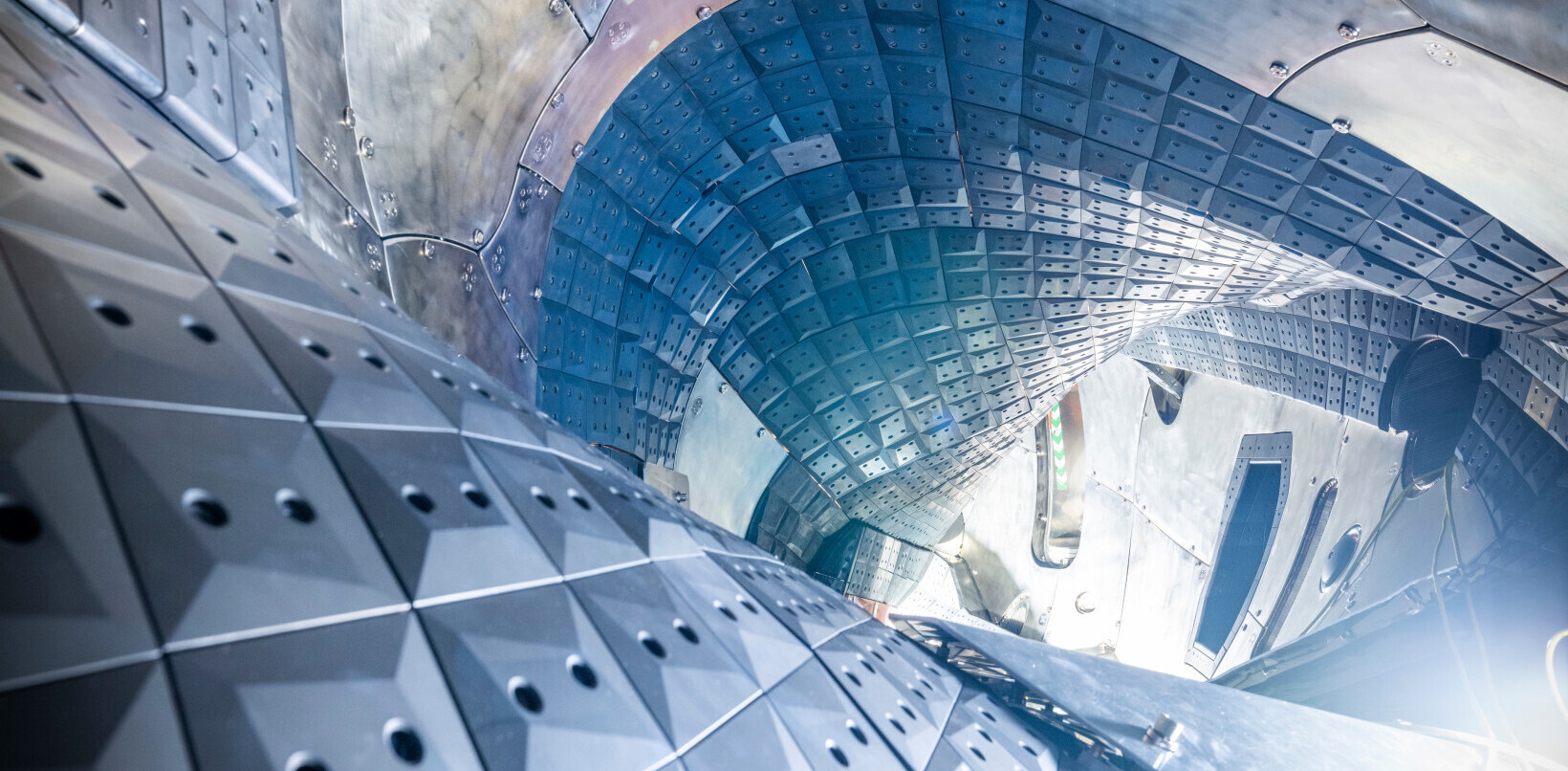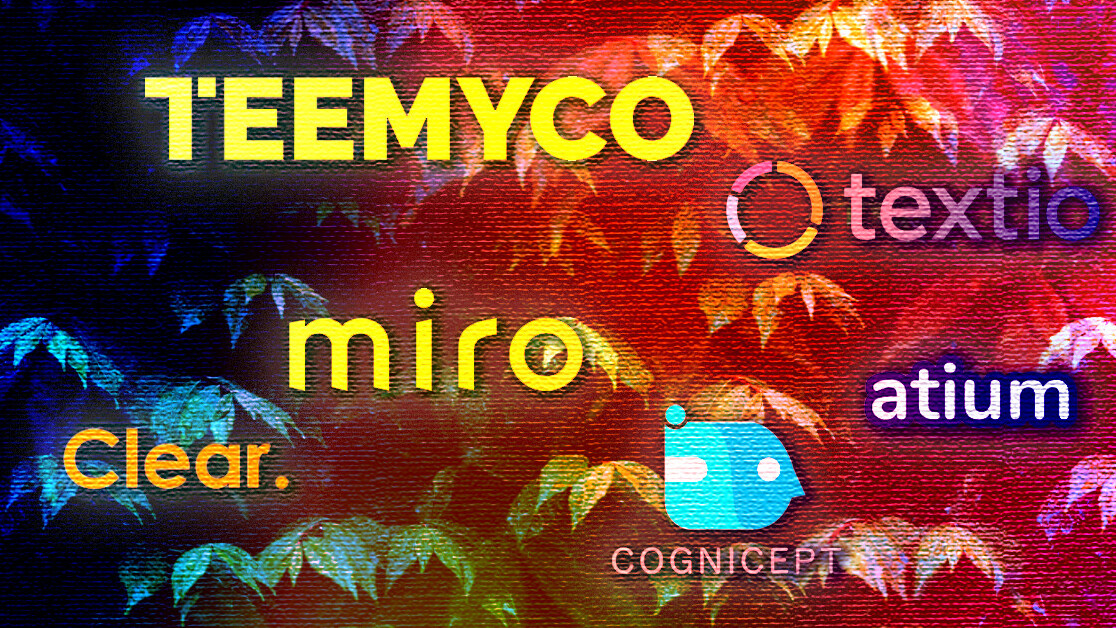
For many of us, 2020 has been a year that turned our work lives completely upside down. While employees had to quickly adjust to working from home, managers were tasked with finding new ways to keep productivity flowing.
This led to an explosion in an already thriving workplace tech market. Solutions that were just picking up steam received thousands of new users overnight, while a number of new tools created specifically to solve ‘new normal’ problems have been popping up every day.
This has created the perfect condition to not only get productivity back up, but also rethink the way our companies operate. Youri Doeleman, Partner at investment firm Antler, explained:
“I think a mindset of experimenting with different ways of working in the new workplace is super important. If you can figure out what works best for your company through experimentation, you can actually gain a competitive edge with increased productivity and happier employees.”
Just in the past year, Antler has invested in around 30 companies that are focused on workspace innovation.

“It’s extremely exciting to be active in this space right now as an investor. A lot of the entrepreneurs who we work with are just starting their businesses now and they’re already working in the new normal. So in that sense, we’ve gotten a front seat to see how these evolutions are taking place and actually take an active part in that,” Doeleman said.
I caught up with him at the November edition of the RISE Spotlight series by ISE where he shared his list of workplace tech game changers. From communication and collaboration to culture, diversity, and wellness here are six solutions that could revolutionize the way your company operates:
1. Teemyco: When Sims meets the office
Ever had that moment when you’re working from home and actually miss the vibe of office life? There are so many studies out there that claim working from home is better for productivity and so many others proving just the opposite.
The truth is, it really depends on what type of work mode you’re in. Sometimes you need people to bounce ideas off of to get your creativity flowing, other times you wish you could throw on an invisibility cloak to stave off distracting ad hoc questions. But, with the switch to remote working, the buzz of office life isn’t an option anymore. Or is it?
Teemyco is one of Doeleman’s favorite solutions for this. The platform lets you construct your own virtual office made up of brainstorming rooms, focus areas, meeting rooms, and, of course, a kitchen for coffee breaks and office banter.
Your team appears as icons that can move from room to room based on their workstyle mood. Shift your icon to a quiet zone when you need to concentrate without people trying to ping you, then move over to the kitchen when you’re in need of some fresh office gossip.

“Normally, when you’re working in the same space, it’s easier to feel connected with your colleagues. The problem with working in a distributed team is that you lose a lot of information that’s normally being passed on in real-time. Teemyco allows you to bridge that gap by simulating the environment and the experience of being in the office online,” Doeleman said.
2. Miro: The whiteboard that never ‘accidentally’ gets erased
There’s no doubt you’ve heard of Miro by now and that’s for a reason: it really just solves one of the biggest problems we’re facing in a very simple and easy to use way.
As Doeleman explained: “One of the most obvious problems that we have now is that we don’t have this moment when we’re all standing in front of a whiteboard and co-creating. Whether it’s brainstorming, planning a quarterly strategy, mapping out user flows, or putting visual elements together. But Miro is coming in and filling that need for distributed teams.”
Miro is a platform where teams can create collaborative whiteboards that allow them to add text, visuals, post-its, diagrams, etc. together in real-time. The best part is, there’s no risk of someone accidentally erasing your big Q4 plan when you leave the room.
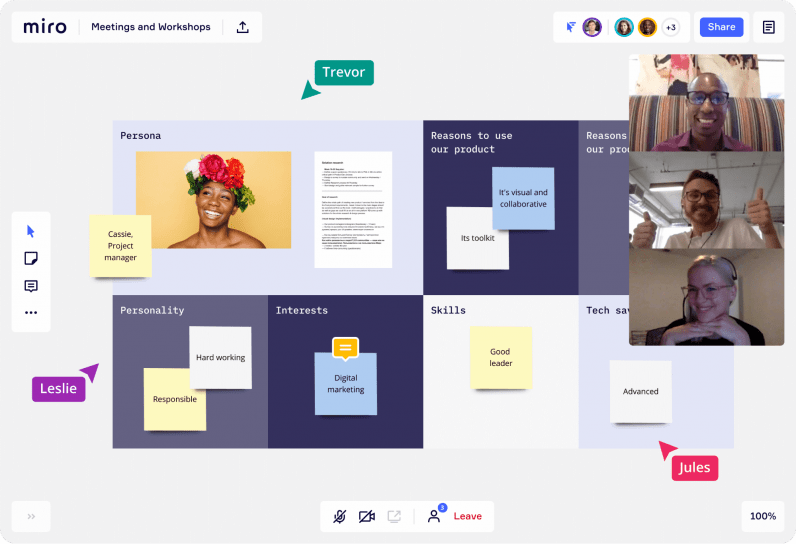
3. Atium: Building a virtual company culture
So communication lines are flowing, teams have found great ways of collaborating online… what’s missing?
Productivity isn’t just about finding ways to get work done. Burn out and loneliness have been two very real problems companies are trying to grapple with right now.
As Doeleman explained, “When all you’re doing is looking at a screen all day and your only social interactions with your team involve talking about work on Zoom, you start to lose part of your motivation. When there’s less time for jokes and social connectivity the concept of team culture is undermined significantly.”
Atium keeps team bonding alive by creating fun games to help you get to know your teammates better in a non-work-related context. And this can really make a difference. Studies show that, when employees have friends at work, they’re more likely to be engaged, motivated, and productive. And, for HR teams, this also means higher retention levels.
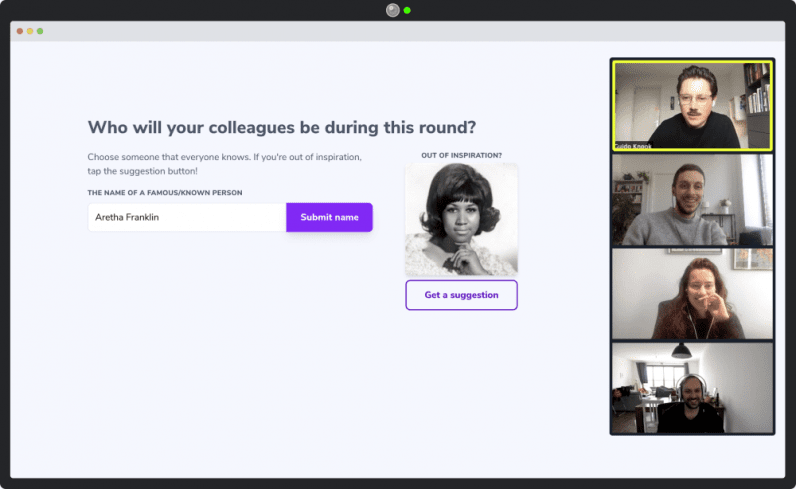
“We’re also using Atium here at Antler and it can really help to create that smile on your face again when you learn something new about a colleague and build that human connection within the team. It’s actually so important for productivity. More and more companies are now realizing that it isn’t just about communication and collaboration it’s also about staying connected and creating a strong culture,” Doeleman said.
4. Textio: Tackling unconscious bias
Diversity (or lack thereof) is another issue that many companies were confronted with this year. While, for the first time, many companies took to social media to voice their support for the Black Lives Matter movement, it also forced many to take a deeper look internally. Are we actually promoting the equality and inclusion we’d like to see in society?
What we often don’t realize is that even the language we use can send subliminal messages. Whether it’s on our website or in a job description, the words we use can actually attract or deter certain candidates.
Doeleman’s team at Antler is using Textio to help them attract a diverse pool of talent. “We’re bringing together founders from all different kinds of backgrounds to form new businesses together. And we know, not only from research but also our own experience, that diversity within those founding teams is super important.”
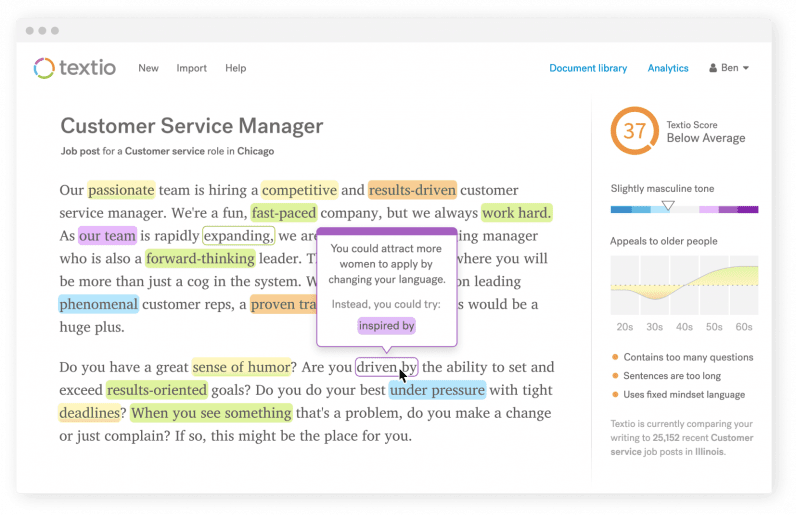
Textio’s software is a very easy way to help companies identify and eliminate bias from their communications. It uses advanced language insights to analyze text and provide suggestions to attract a wider audience.
“There is always going to be bias to some extent but companies that are using tools like Textio are increasing their chances to actually attract and select a diverse mix of employees (or in our case founders), without compromising on quality,” Doeleman said.
5. Clear: Keeping virtual teams happy and healthy
Ever get that after lunch energy slump when not even a coffee IV drip can get you going again? Do you regularly have trouble sleeping and wake up the next morning feeling moody and unproductive?… It could be down to how you eat.
Using a glucose monitor to track your body’s real-time response to food, Clear gives users personalized dietary recommendations that can help them stay energized and focused throughout the day, sleep better at night, and improve their health overall.
Before the pandemic, we had already begun to see workplaces offer more fitness and even mindfulness benefits to employees. Clear goes a step further.
“As you move towards a distributed team you lose a pulse on people’s physical and mental health. We’re sitting in our chairs and looking at our screens all day. This makes it even more important to maintain healthy habits,” Doeleman explained.
And, for companies, this can make a huge difference. When your employees are energetic and on the ball, they’re going to be more motivated and productive.
6. Cognicept: Improving human-robot relations
Last but certainly not least, it’s time to consider our non-human team members.
“We talk a lot about the workplace and for many of us that means the office but there are a lot of people who work in warehouses and do logistical work which is very important for the economy but it’s often neglected. That’s why I think it’s interesting to bring this solution into the mix,” Doeleman explained.
Cognicept helps teams to easily detect errors and significantly increase uptime through improved remote robot intervention and supervision. It does this by providing tele-operated ‘human in the loop’ support. Perhaps the coolest feature Cognicept offers is a video game style visualization that helps operators to get robots back on track when errors occur.
“Robotics has been a trend on the rise for a while now. But I think Cognicept is interesting because it’s acting on the interface between robots and humans. Whereas robots can do some repetitive tasks really well, they also sometimes get stuck and don’t have the intelligence to untangle themselves from a problem.
This is not so much about replacing humans with robots, it’s actually about realizing that humans and robots need to coexist and collaborate in a way and that requires new solutions. As we figure out how our teams can work better together online, we also need to consider how humans and robots can work better together.”
Never stop experimenting
Our workplaces are in the midst of a major evolution and in times of change, Doeleman’s main advice is to never stop experimenting.
“It’s important to realize that we’re still in the very early stages of this new workplace evolution. Obviously, the shift to working with computers was a major one and now the shift to distributed workforces is also another big change we have to confront. But we still haven’t solved a lot of the new problems it entails yet. For example, we only really realized the importance of building a remote culture after we started working in this way.
It’s just important to be mindful that a lot of these solutions are very valuable but it will take time to figure out as a society and as a company what really works.”
Hungry for more of the latest tech tools and innovation? Sign up now for the next edition of ISE’s RISE Spotlight: XR in Today’s Reality coming on December 15th at 3 pm CET.
Below you can find the official video showing some of the highlights of the first RISE Spotlight event on Workspace Evolution.
Get the TNW newsletter
Get the most important tech news in your inbox each week.

